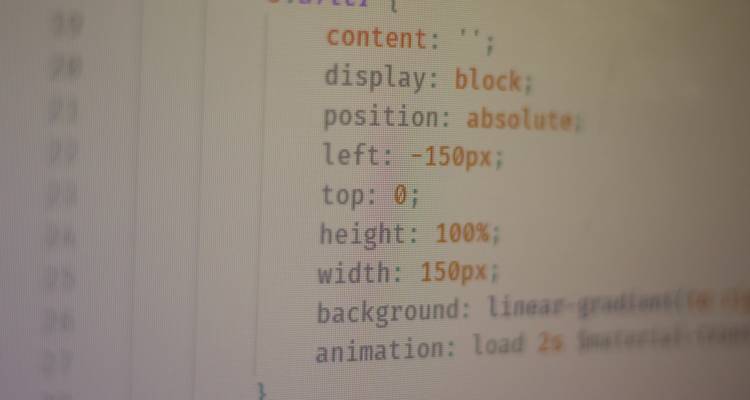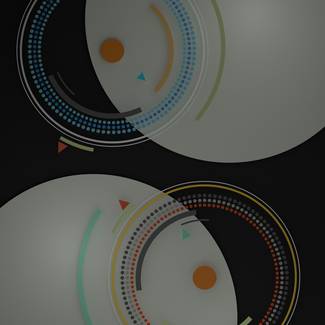How to Optimize Placeholder Image Speed for Blazing-Fast Web Performance
Fast-loading placeholder images are essential for top-notch user experience, minimal bounce rates, and peak SEO rankings. This guide covers every step you need to deliver instantly-loading, responsive placeholders—so your sites and apps achieve the best possible Core Web Vitals and user satisfaction.

Use the smallest possible image dimensions & file size for placeholders—avoid oversized images that slow initial loads.
Serve all placeholder images from a Content Delivery Network (CDN) for global, low-latency delivery.
Enable native lazy loading (
loading="lazy") on images to improve perceived speed and reduce bandwidth.
Factors Affecting Placeholder Image Speed
Several key factors determine how quickly your placeholder images load and display. Understanding—and optimizing—these will dramatically improve your web performance scores:
- Image File Size: Smaller, well-compressed files load faster. Optimize your placeholder image for minimal size (ideally <10KB for simple placeholders).
- Image Format: Choose modern formats like WebP or AVIF when possible—they offer better compression than JPEG/PNG for placeholders.
- Image Dimensions: Don’t use a 1200x800 placeholder if your layout only needs 300x200; right-size every placeholder for its container.
- Delivery Method: Use a CDN to serve images from a location close to each visitor, reducing network latency and improving load times.
- Caching: Set long
Cache-Controlheaders so browsers and CDNs can reuse images instead of re-downloading. - Lazy Loading: Defer loading offscreen images until they’re needed, reducing initial page payload.
- Responsive Images: Use
srcsetandsizesto deliver different images for mobile/desktop, reducing wasted bandwidth.

Using a CDN for Placeholder Images
Content Delivery Networks (CDNs) are the fastest way to distribute images worldwide. With edge servers in major cities, a CDN ensures your placeholder images are delivered from the closest location to each user, slashing latency and boosting Core Web Vitals.
- Use a CDN-backed API like Imageslot for instant, global delivery of your placeholders.
- Other popular image CDNs: Cloudflare Images, Imgix, Cloudinary, Fastly, Bunny.net, KeyCDN.
- Switching to a CDN is as simple as updating your image
srcto the CDN URL.
<!-- Before -->
<img src="/images/hero-placeholder.png" alt="Placeholder">
<!-- After (with Imageslot CDN) -->
<img src="https://imageslot.com/v1/800x450?filetype=webp" alt="Placeholder">Best Caching Strategies for Placeholder Images
Caching is the secret weapon for lightning-fast image delivery. With long-lived cache headers, your browser and CDN store images locally—eliminating repeat downloads and speeding up every pageview.
- Browser Cache: Use
Cache-Control: public, max-age=31536000for static placeholders. - CDN Cache: Most CDNs automatically cache images for days or weeks—ensure your cache headers are set to allow this.
- Versioning: If you ever update an image, change its filename or add a cache-busting query (like
?v=2).
# Serve images with 1 year cache
<FilesMatch \"\.(jpg|jpeg|png|webp|gif)$\">
Header set Cache-Control \"public, max-age=31536000\"
</FilesMatch>How to Lazy Load Placeholder Images
Lazy loading defers offscreen image downloads, reducing initial page weight and making your site feel faster. Modern browsers support native lazy loading—simply add loading="lazy" to your image tags!
<img
src="https://imageslot.com/v1/600x400?filetype=webp"
alt="Placeholder"
loading="lazy">Measuring & Improving Placeholder Image Performance
To optimize placeholder image speed, you need to measure your current performance. Use these tools to find bottlenecks, test changes, and ensure your images aren’t slowing your site down:
- Google Lighthouse: Run audits in Chrome DevTools. Check Largest Contentful Paint (LCP) and First Contentful Paint (FCP) for image impact.
- WebPageTest.org: Test from multiple locations/devices and see detailed waterfall charts for image requests.
- Chrome DevTools: In the Network tab, inspect image size, load order, and whether images are cached.
- Compare before/after: Make changes, rerun tests, and verify improvements to speed metrics.
 Use these tools to measure image speed—optimize, then re-test for the best results.
Use these tools to measure image speed—optimize, then re-test for the best results.
Advanced Placeholder Image Optimization Tips
- Use Modern Formats: Prefer WebP or AVIF for best compression. Imageslot API supports
?filetype=webpfor most browsers. - Compress Aggressively: For simple placeholders, maximum compression (even lossy) is fine. Aim for <10KB files.
- Serve Responsive Images: Use
srcsetandsizesto deliver appropriately sized images per device. - Minimize Decoding Costs: Use solid color or low-complexity images for placeholders to keep decode/render time near zero.
- Avoid Unused Images: Don’t load placeholders that are never shown (e.g., hidden carousels), even if they’re small.
<img
src="https://imageslot.com/v1/400x200?filetype=webp"
srcset="https://imageslot.com/v1/800x400?filetype=webp 2x"
alt="Responsive Placeholder"
width="400" height="200"
loading="lazy">Placeholder Image Optimization Checklist
Cache-Control headers for long-term cachingloading=\"lazy\" to all imagesFAQ: Fast Placeholder Image Techniques & Optimization
srcset. Avoid high-res or oversized placeholders, as they waste bandwidth and slow down initial rendering. See our Optimization Checklist and Responsive Image tips above.